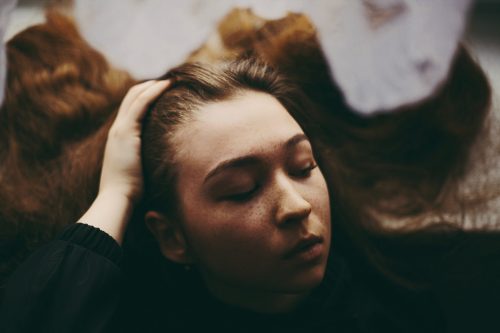I've been taking photos for over 8 years, but I still feel very intimidated during portrait sessions with familiar subjects or stories, including self-portraits. Sometimes I just worry about creative ideas to convey meaningful emotions and at other times it makes me question if portraying authentic emotions is really worth it.
Every artist I've discussed this dilemma with has been able to relate to me in one way or another. Since this collection of negative feelings seems to be quite universal, I thought I'd write an article about it in hopes of encouraging fellow photographers. If you find yourself struggling to embrace vulnerability and to understand what a meaningful portrait means to you, I hope this guide fills your creative heart with even a tiny sprinkle of encouragement. 🙂
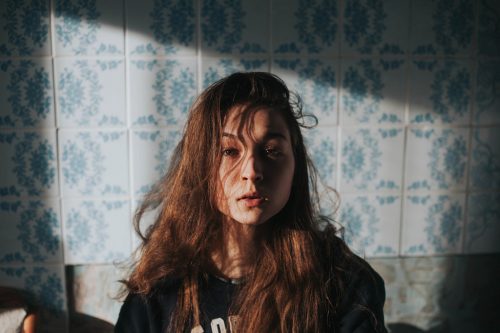
A Short Introduction to the Concept of Vulnerability
Vulnerability – also known as “the quality of being exposed to the possibility of being harmed” – isn't always something we wish to include in our projects. Though it can be experienced by anyone who wishes to welcome it into their lives, it's not always accepted.
In our personal lives, vulnerability can throw us into a pit of criticism, rejection, and many of the things we fear (or so our doubts say). Even sharing a worry or a fear with someone can leave us feeling a tiny pang of guilt and fear. You might have already caught yourself wondering: “What if somebody sees my work and considers me too sensitive, too emotional, foolish, or just silly?”
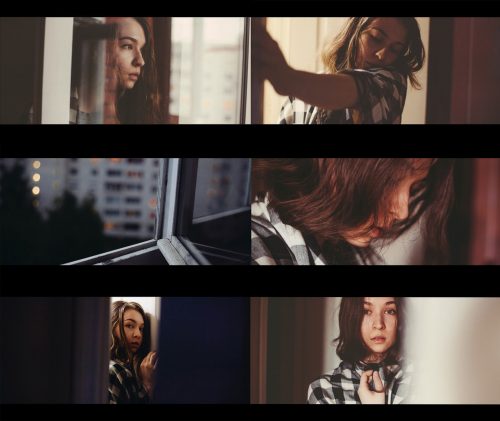
I myself occasionally worry that my creative endeavors will be mocked and disregarded, leaving me stranded on an island of temporary but painful self-doubt. There's a whole list of understandable reasons that vulnerability should be ignored. If you remove the list, however, you'll notice a longer one behind it patiently waiting to be read. This list is called:
The Good Sides of Vulnerability
In the creative world, vulnerability can possess a slightly different meaning:
The quality of being exposed to the possibility of encouraging others to be their true selves. Sharing one’s honest humanness. Letting fellow human beings know that flaws, weaknesses, and powerful emotions aren't something to be ashamed of.
Your work has the necessary amount of power to inspire someone. To those who live in breathtaking places, who have travelling opportunities, who are financially flexible: if you have access to a camera, you can take incredible meaningful portraits. To those who have no budget, who can't travel the world, who live in a tiny apartment in the middle of nowhere: if you have access to a camera, you can take incredible meaningful portraits.Emotions transcend time and destroy the obstacles we often face. Emotions, when used to their full potential, are a currency that can enrich any artist's photographs.
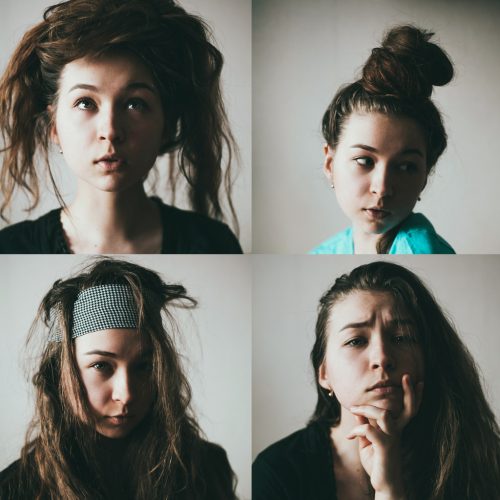
How to Transform Your Emotions Into Art
“Take your broken heart, make it into art.“
– Carrie Fisher
While literally transforming a broken heart into a touching work of art isn't possible, there are many other therapeutic ways to pour emotions into your work. Here are a few ideas to strengthen this openness to a variety of feelings:
- Work on a freeing idea journal. This can be as structured or as random as you like. I fill mine with inspiration and ideas I get from movies, books, articles, and tutorials. Even a short quote has the potential to turn into a fascinating photo concept. This journal has taught me to keep my eyes open at all times and to embrace all kinds of genres, artists, and emotions.
- Take self-portraits. If you focus solely on portraits of others, you might be a little wary of self-portraiture. In my opinion, photographing oneself in a peaceful location leaves a lot of room for self-reflection and honesty. Additionally, it really strengthens patience and will, as both are greatly challenged during the shoot thanks to the continuous need to check for the right focus, expression, and background.
- Write short stories before a shoot. Creating an atmosphere before you even pick up your camera will clear your mind and help you take the best possible photos of others. While there's a great amount of potential in spontaneity, having several themes in mind throughout a portrait session will allow you to look out for certain emotions and gracefully guide your subject according to them.
- Leave your comfort zone. This doesn't mean you should do anything impulsive or dangerous. Start small. Ask yourself what you're really afraid of when it comes to your creative life. If commitment is something you fear, try out a 1-week photo project in which you explore various emotions or themes.
- Read books that have been written for writers. Highly skillful writers draw an audience into their characters' lives with the help of words only. A spellbinding book usually leaves us wanting more and more. Many writers are absolutely amazing at pouring feelings and emotions into their work. There's a lot of valuable information we can learn from them. While (very unfortunately) we can't have conversations with our favourite authors, we can consult the books that many writers use to create compelling stories.
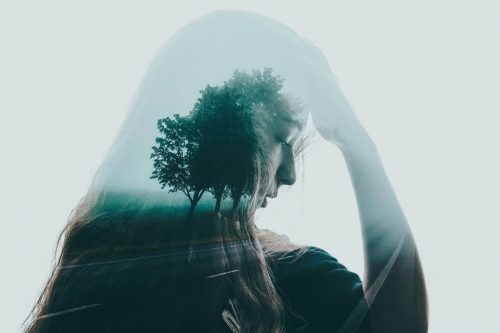
If none of these ideas appeal to you, use them as foundations for projects that will flawlessly match your preferences and style. I'm beyond confident that there's a magnificent idea waiting to be claimed and nurtured just by you.
Dear reader:
If you're not driven by a desire to create directly emotional photographs, don't feel pressured. You don't need to cry in front of the camera to make something meaningful. Even simple headshots have the power to touch a viewer, be it due to the way light embraces a subject or due to the calming tranquility captured in a location. If tears in your personal photos are meaningful to you, don't worry about anyone else's preferences. There's room for everyone in this diverse world of vulnerability and meaning.
Find the concepts that speak to you and let them speak through you by using your skills and ideas fearlessly.
Keep learning, creating, and experimenting! 🙂
